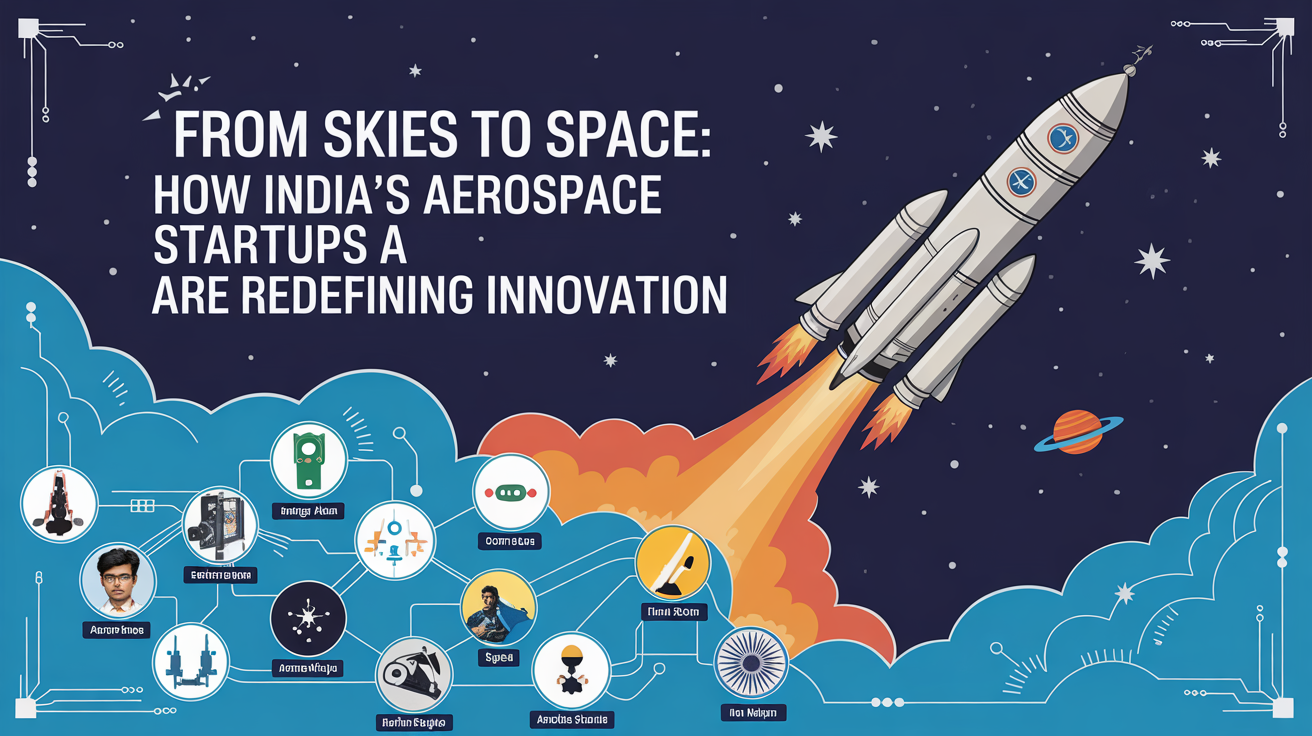Today’s cutthroat market defines a corporation’s marketing efforts in terms of customer experience concerned with the making of unforgettable experiences. The development of a customer-centric culture is no longer optional but a necessity for survival. Customer-centered training, values, and strategy are an absolute must for any organization working toward improving customer experience and loyalty. To develop such a culture, here are the streamlined steps to follow:
1. Strategy, Vision, and Values for customer experience
- Define a customer-centered vision for the organization.
- Now imagine the company in the foreseeable future, when clients experience something exceptional.
- Formulate a solid plan that defines the way ahead toward the customer-oriented vision.
- This should consist of innovative approaches to support customers in their needs, excellent customer service, and customer interaction.
Also read: How AI is Revolutionizing Customer Service for a Seamless Experience
2. Engaging & Aligning Employees:
- Every organizational level should bring the employees into the program of developing strategy, values, and vision.
- Stimulate their participation as much as possible to impart a feeling of responsibility and commitment toward the customer-centric culture.
- Allow your team to act freely with regard to giving suggestions and input and thus be active in providing the exceedingly best client experience.
- Ensure that they possess the means and appreciation to contribute effectively.
3. Unique Customer Culture Behaviors:
- Encourage behaviors that highlight your organization’s differentiation.
- Do not offer just products and services; focus on delivering unique and memorable experiences.
- Encourage customer interactions that make them feel delighted and surprised.
- Involve your staff in knowing the abilities and events with their clients during the interaction so that they can personalize the experience. Promote efforts that provide clients with personal touchpoints and a sense of connection.
4. Training and ongoing improvement:
- It is important to ensure that one’s employees are adequately trained in customer service skills and should therefore ideally take part in ongoing training and development initiatives to enhance their customer service skills.
- Allocate resources that promote a customer-centered culture and ensure the establishment of a continuous improvement process in service delivery
5. Assessment and Evaluation:
- Determine and quantify the KPIs associated with customer engagement and satisfaction.
- Constantly assess, evaluate, and benchmark the state of your customer culture for continuous improvement.
- Use consumer feedback for revision of strategies, principles, and actions.
- Adapt the systems to meet changing customer requirements based on their feedback.
6. Awards for excellence in the customer service arena
Bring into your internal monthly newsletters or meetings case studies of customers who succeeded with your products or services.
- Do not link incentives with sales achievement, but instead ensure measures include customer satisfaction scores.
- Recognition serves motivational purposes for employees. It often sends a signal to the employees that customer experience has become a high priority in the organization.
7. Use Data and Technology to Personalize Experiences
- All customers expect that experiences will match their needs and wants. Organizations must also invest in data analytics and customer relationship management systems.
- Application of the 360-customer profile data gathered through customer touchpoints.
- Analyze such data and models to predict buyers’ behavior in order to put in place anticipatory action that meets customers’ needs.
- Employ AI and automation to provide speedy personalized services, such as chat scores, customized pricing, or even loyalty programs.
- Personalization makes customers feel understood and valued, deepening loyalty and advocacy.
Read our blog: Cybersecurity: Safeguarding and Marketing in a Digital Age
A comprehensive strategic approach
Building a customer-first culture must work in harmony with the vision, values, training, and evaluation. It is more than customer loyalty; it is a sustainer of steady organic growth. The focus on client needs nurtures permanency in relationships and a culture entrenched in their leadership commitment. This comprehensive strategy lays the groundwork for ongoing success by aligning corporate objectives with ever-changing customer preferences. It further empowers working teams to recognize and anticipate customer needs, thereby allowing freedom and agility. Eventually, the organization with a customer-based mindset is likely to achieve longevity through resilience, adaptation, and passionate commitment towards meeting and exceeding the customer expectations.
Conclusion
This paradigm shift will only happen with a committed focus toward the customer-employee partnership, which promotes actively seeking feedback. If the concepts are integrated, organizations will have a chance to create a platform for harmonization whereby each and every relationship strikes a positive chord, thereby guaranteeing the inevitable outcomes of loyal clients and increased revenues in a prospering customer-first culture.
Read our blogs: Cloud-Based Manufacturing Management Systems: Comparison for Entrepreneurs










